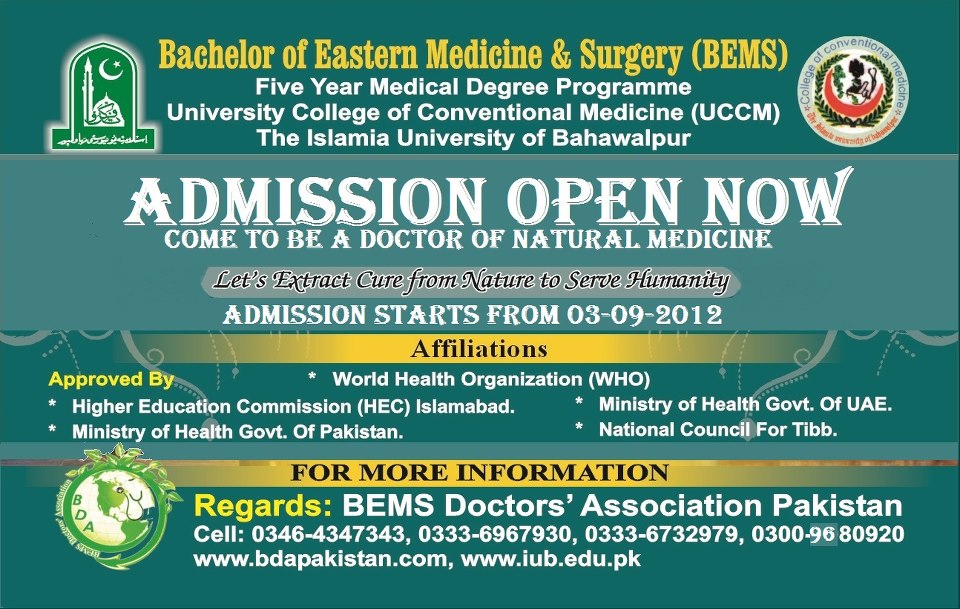Medical Practitioners May Work In Private Practice; Public Health; Academia/Teaching; Research; Aid Organizations; The Defence Forces; or A Combination of These Areas.
Some Of The Specialties/Fields Available To Graduates Are:
- Academic Medicine
- Accident And Emergency
- Anaesthesia
- Dermatology
- General Practice
- Intensive Care
- Medical Administration
- Medicine (General Medicine, Cardiology Etc)
- Obstetrics and Gynecology
- Occupational Medicine
- Ophthalmology
- Paediatrics
- Psychiatry
- Public Health Medicine
- Radiology
- Rehabilitation Medicine
- Sexual Health
- Sports Medicine
- Surgery (General Surgery, Neurosurgery etc)
